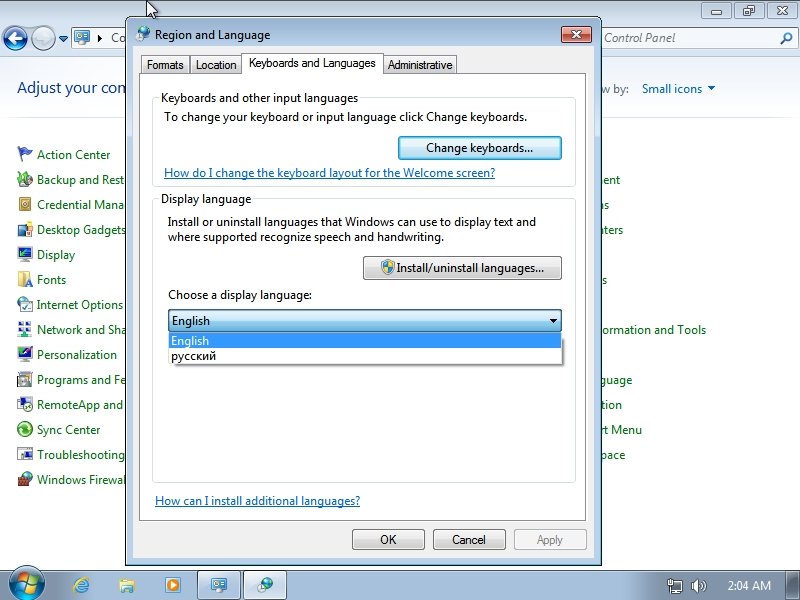
Given that, an embedded OS must be reliable and able to run with constraints on memory and processing power. However, that application is likely crucial to the device's operation. Depending on the device in question, the system may only run a single embedded application. In contrast to an OS for a general-purpose computer, an embedded OS has limited functionality. The embedded software that runs on that system is the embedded OS.

For example, an elevator might contain an embedded system, such as a microprocessor or microcontroller, that lets it understand which buttons the passenger is pressing. It communicates with the hardware of the embedded system to perform a specific function. The embedded systems perform basic operations inside IoT devices, such as transferring data over a network without human interaction.Īn embedded OS enables an embedded device to do its job within a larger system. Networks of devices containing embedded systems make up the internet of things ( IoT). Examples include computer systems in cars, traffic lights, digital televisions, ATMs, airplane controls, point of sale ( POS) terminals, digital cameras, GPS navigation systems, elevators and Smart meters. It performs one task in the bigger machine. An embedded system is a computer that supports a machine. The embedded OS also makes the device's hardware accessible to software that is running on top of the OS.Īn embedded OS often works within an embedded system. The main job of an embedded OS is to run the code that allows the device to do its job.


 0 kommentar(er)
0 kommentar(er)
